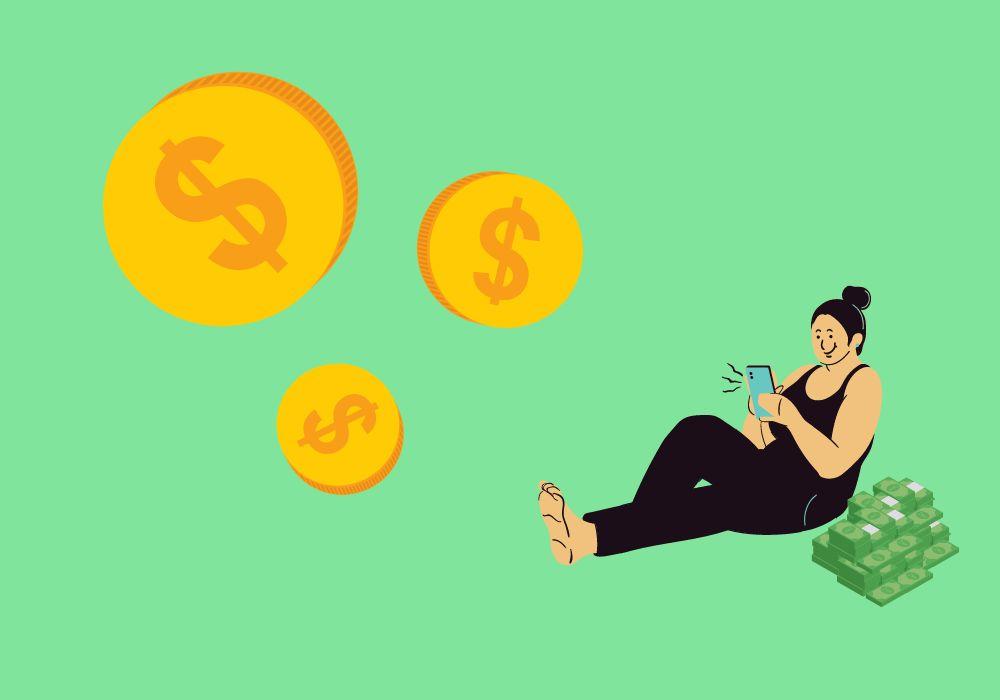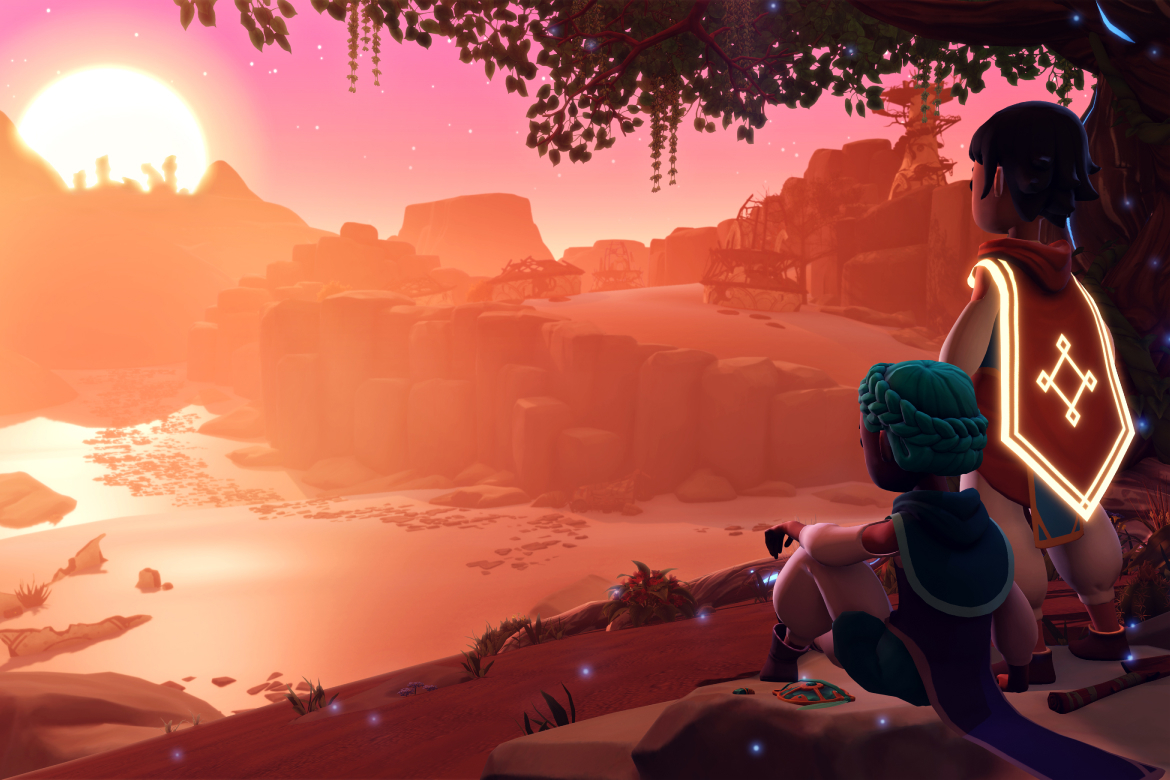Welcome to the second part of our deep dive into monetisation. Please read Part 1 if you haven’t yet grasped the basics! This article explores how video game monetisation evolves, what beginner mistakes hurt your studio’s P&L, and what the future of monetisation in mobile gaming looks like.
If you like our approach to monetisation and marketing, find out more about choosing Kwalee as your mobile publishing partner.
How mobile game monetisation strategy evolves over time
Since new policy updates from app stores and mobile devices are constantly released, we have to stay on the front foot with any existing mobile game monetisation strategy. There are two reasons why:
- One, the publishers themselves are always in testing mode, working around market performances and insights they’ve gained.
- And two, these policies affect the industry as a whole, especially since they come from the market platforms themselves; primarily, Apple’s App Store and Google Play.
With that said, different games have different opportunities to monetise. For example, identifying a game feature like character upgrades can help introduce a monetisation strategy that’s exclusive to the game or the target audience.
The possibilities are endless and you can always experiment and improve. current strategies to drive our performances upward even more. This isn’t surprising, considering publishers take what already exists and adapt them to their apps, most of the time.
So if you don’t want your game to be a premium model, this is good news. Because a free-to-play monetisation strategy can offer sizeable profits.
Choosing the right mobile game monetisation strategy
Benchmarking plays a big role here. It’s what will help you determine:
- the genre of your game,
- what your audiences are looking for,
- if your gameplay is well-structured enough to be monetised,
- and if your audience is likely to invest in in-app purchases (IAPs) or subscriptions.
You also have to consider how the changes to your mobile game monetisation strategy can affect:
- player retention in the game,
- the game’s progression systems and the player’s involvement
- the likelihood of the players being guided to make a purchase
- and how all these factors affect the game’s ratings and reviews.
Every situation and plan has its own ups and downs, so monetisation strategists have to compromise to turn a profit. Which begs the question, ‘How do we know a particular mobile game monetisation strategy is working?’
Well, we’d have to identify if all the ad networks and IAPs are performing as expected, and that the effective cost per mille (eCPM; how much revenue each ad generates for you) is on track with other successful games. So we generally keep a constant eye on the performance to make sure everything’s working as intended. This, of course, is only if we’re constantly optimising the game’s ad performances in the early stages of the game.
Additionally, you have four other metrics that, if regulated, can boost the game’s overall financial performance:
- lifetime value (LTV; how much revenue each player generates for you in the time they’ve played)
- general retention metrics (how often players come back to the game),
- impressions per daily active users (IMPDAU; how many ads are served on average to your players daily)
- and low latency rates (how long it takes to load an ad).
Don’t confuse these metrics with the ones our other marketing teams look at to gauge a game’s potential. Check out our article on market-testing games if you’re interested.
In essence, monetisation is complex, so it can be unwise to tackle alone, even as an established studio. Here’s why.
The downside of handling a mobile game monetisation strategy solo
Handling any monetisation strategy solo, especially one that’s as crucial as bringing in the money from games, is easier said than done. It’s difficult to compete in the industry, given the huge variety of games and heavyweight studios in the market. Three factors influence this:
- There are changes made to the demand and supply of advertisements almost every day, so you’ll need to know what the trends and the beats of successful ads are.
- Since the changes to these ads are global, it would change the ad structure completely, so that any investments made are optimised.
- These two reasons make it necessary to analyse what the current ad structures are, what the trends are, and what monetisation strategies work the best.
Planning, analysing, optimising, investing, and investigating a monetisation strategy based on recent market changes is something you’ll need to attend to every single day. It’s almost like the ad market is a stock market in itself. Juggling this alongside making the game itself, and marketing on different media platforms is a daunting task.
That’s why working with a game publisher like Kwalee to handle monetisation for you is a great long-term solution. They generally have a full team of monetisation professionals to handle everything related to UA and monetisation for you, so your game can always stay performant.
If you’re still enthusiastic about setting up monetisation strategies by yourself, then you should consider the following mistakes we’ve often seen.
Beginner mistakes when setting up a mobile game monetisation strategy
In most cases, the two biggest mistakes developers make when first starting out tend to be related to game latency and inappropriate content.
Keep calm about your game’s latency
Adding many ad opportunities to compete for a single ad space could be harmful to your game. This could increase the chances of crashes and turning the app slower, which could directly affect the game’s retention. Instead, focus on the quality and the specificity of the ads themselves.
Stay on brand, stay off controversy
Filter what content you show to your audiences. Mobile games target a worldwide audience, which includes both children and senior citizens. As such, any adult or sensitive content that could offend them or spark any controversy would mark a black spot on your game.
So check your content against store and app compliances to keep safe from potential reports and blacklists.
Keep yourself updated
Technology is constantly changing. The topic of artificial intelligence hasn’t grown this large years ago. But now, it’s what everyone’s talking about. This affects the work we do with monetisation and user acquisition, since we use tools and strategies to enhance our workflow.
So keep up to date with what’s happening in the advertisement technology and monetisation industries. It’s a simple tip, but with consistency, you’ll always know what the best direction is to take for your game.
Here’s a summary on the state of mobile game monetisation in case you need some context.
The future of mobile game monetisation
While ad monetisation remains the largest and one of the oldest methods of mobile game monetisation, new variations of this strategy have been adopted. The in-app bidding solution is an example of this. It’s where a network (which provides us with ads) knows exactly how much they want to pay us for showing a user an ad.
When you take up bidding solutions, you’ll notice that some networks offer you the ability to pay the maximum amount of money to show ads to users with zero human interference. By that, we mean in a pre-in-app bidding world, we experts were supposed to define specific prices for the ads ourselves. But with in-app bidding algorithms, pricing is automated.
So when we look at the distant future, we can expect more and more ad networks to offer in-app bidding solutions like this in the short-to-medium term.
The benefit of that is lesser competition for ad space between advertisers on displaying an ad. This is something that’s been in effect since 2020. But generally, monetisation experts are always optimising and fixing the bidding solution, since relying exclusively on automation to decide pricing points is not ideal.
This is where the hybrid waterfall setup comes in. It’s a mix of in-app bidding solutions and manual optimisations set up by monetisation experts themselves. This makes bidding solutions work to the benefit of everyone involved. So the solution is constantly optimised and fixed to reflect the current standards of the market.
Keep in mind, though, that game publishers tend to create their own ad mediation platforms in order to deliver their ads. This way, they have more control over their performance and depend on external solutions less.
Lately, many developers and publishers are expanding into game genres that are more casual in nature, like how we’re doing at Kwalee. As such, the incentives for IAPs and subscriptions will become more complex, but both strategies will receive higher recognition in the monetisation spaces.
There’s also the added benefit that these games come with meta-layer monetisation incentives, which creates more opportunities for us.
Meta-layer monetisation and its importance
When a market is saturated with a tonne of games that look similar, a new trend helps to freshen things up. This could also include new content for existing games to attract more players.
This is called a meta-game, and it’s basically a ‘game within a game’, or a new feature that behaves like a slightly different game. The new content may attract audiences who aren’t necessarily interested in the genre, but that’s okay because it mainly expands the game’s monetisation efforts.
The meta-game offers game publishers an opportunity to monetise both new features and gameplay, generating more revenue for both them and the developers they work with.
This meta-game could include some specific rewards, such as different power-ups, for example, that could increase the IAPs or even the number of Rewarded Ads.
Now you know more about mobile game monetisation!
You’re up to date! We believe that everything you’ve read so far, including Part 1, will help you devise a strategy to generate income from your games. However, we understand that it can be a lot of work. If you want a publisher who has experience setting up monetisation strategies for over a decade, we can advise you as your personal publishing partner.
We have a track record of helping developers and studios like you reach an ambitious next level of your success.and achieving recognition in the game development community through revenue generation. So don’t hesitate to reach out to us regarding your game!
As an award-winning mobile game publisher, we know what it takes to turn your mobile game into a chart-topping success. Submit and test your games through our official Publishing Portal. Follow us on social media (TikTok | Twitter | YouTube | Instagram | LinkedIn) to get the latest news on our gamedev efforts.











.png)




Add new comment